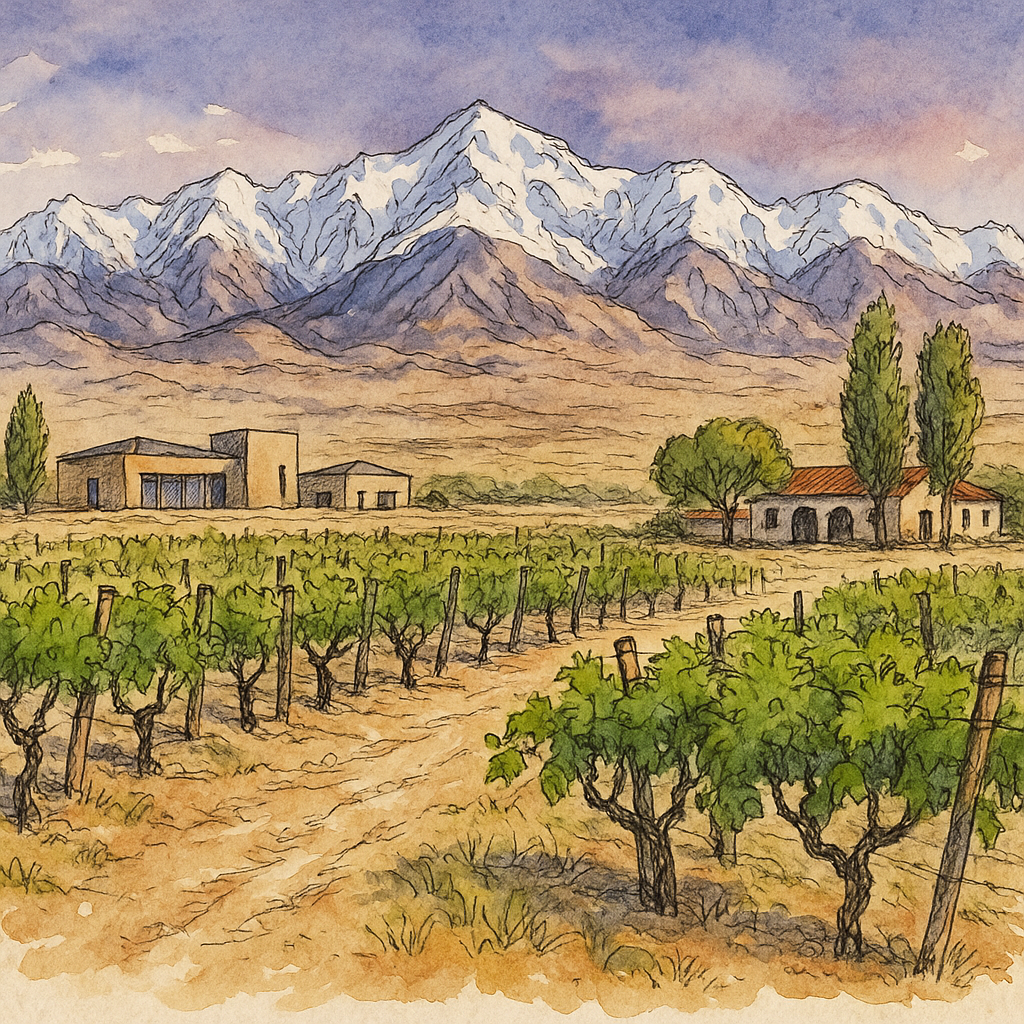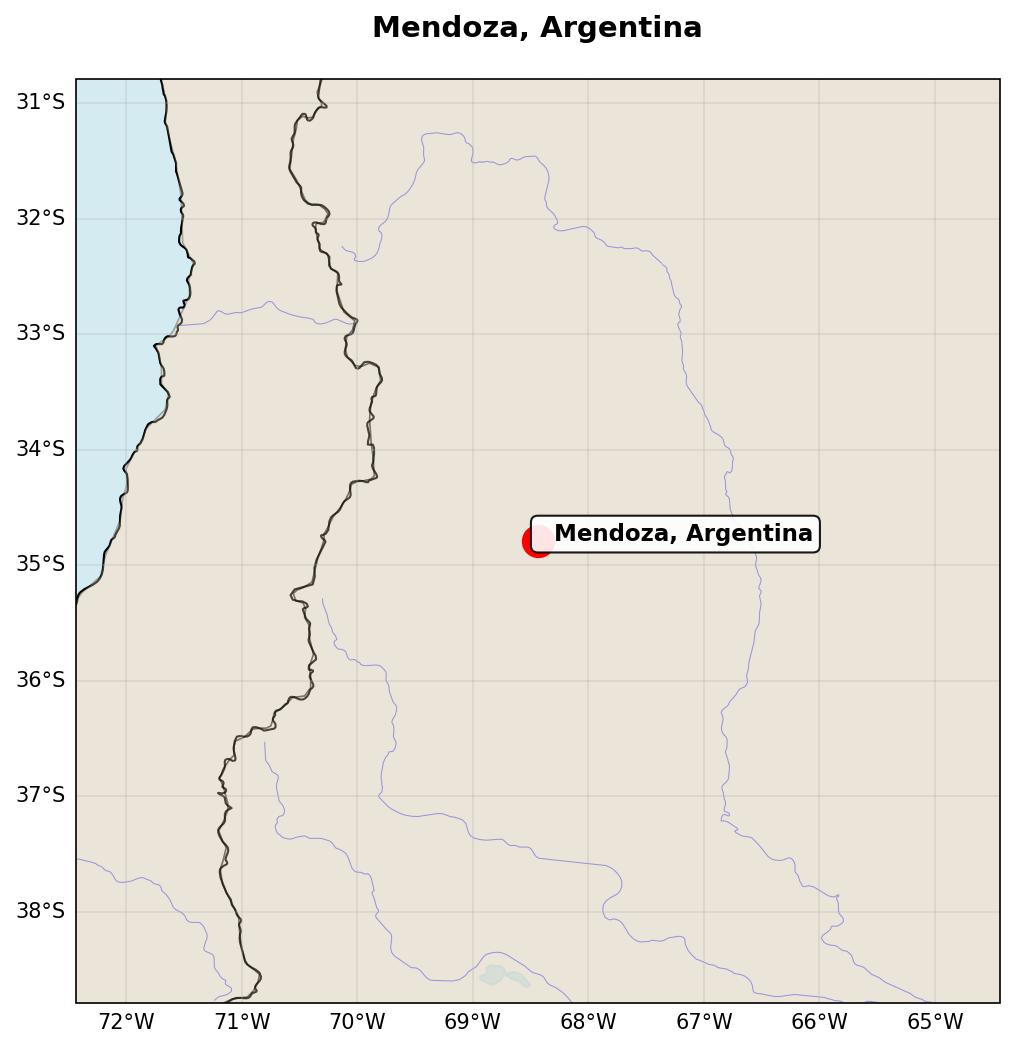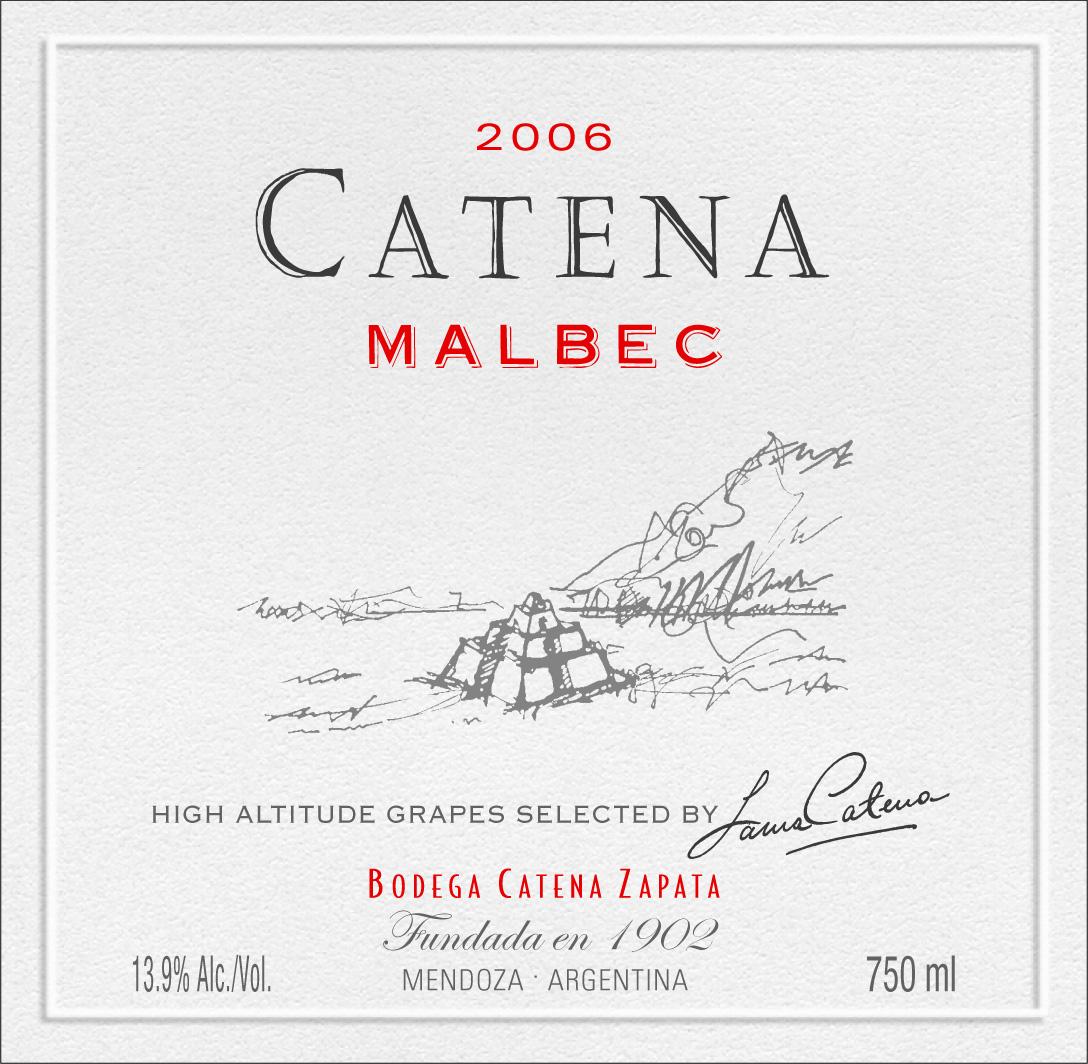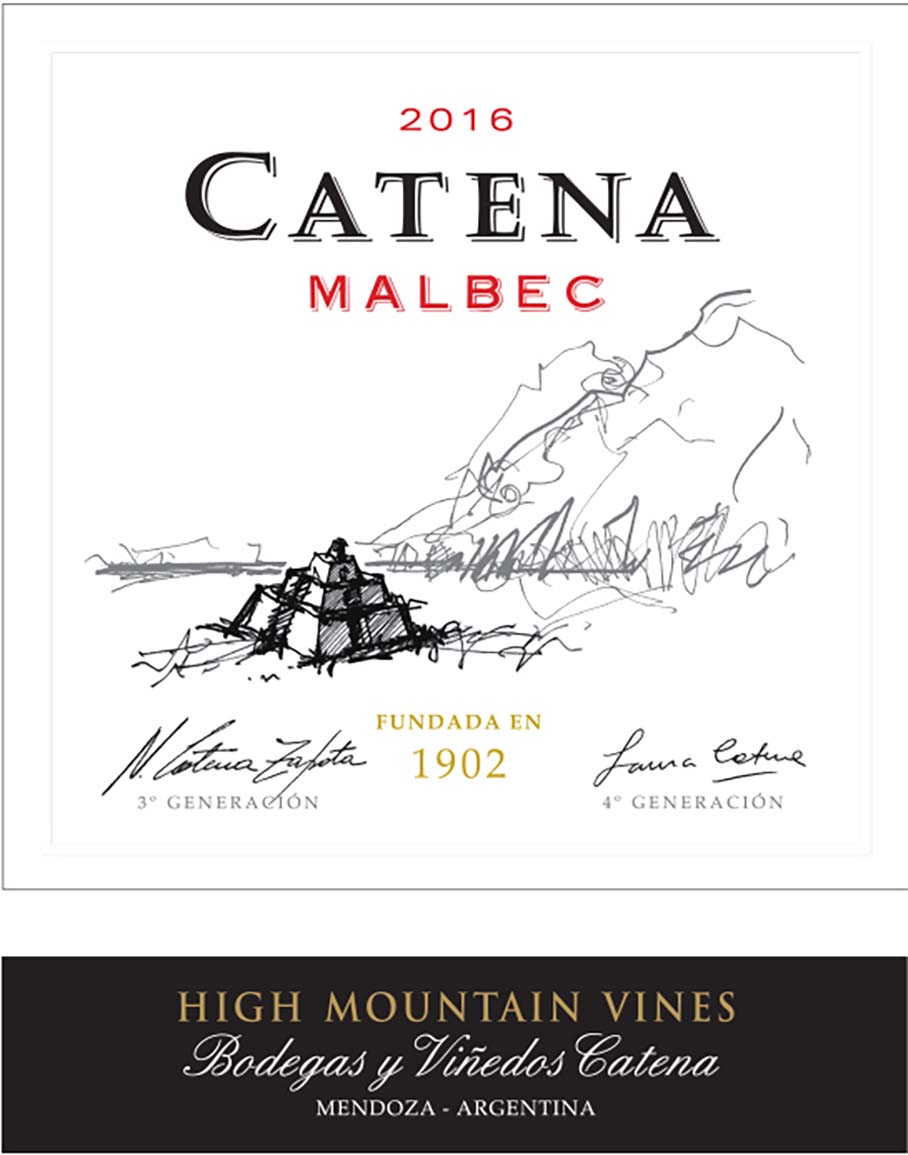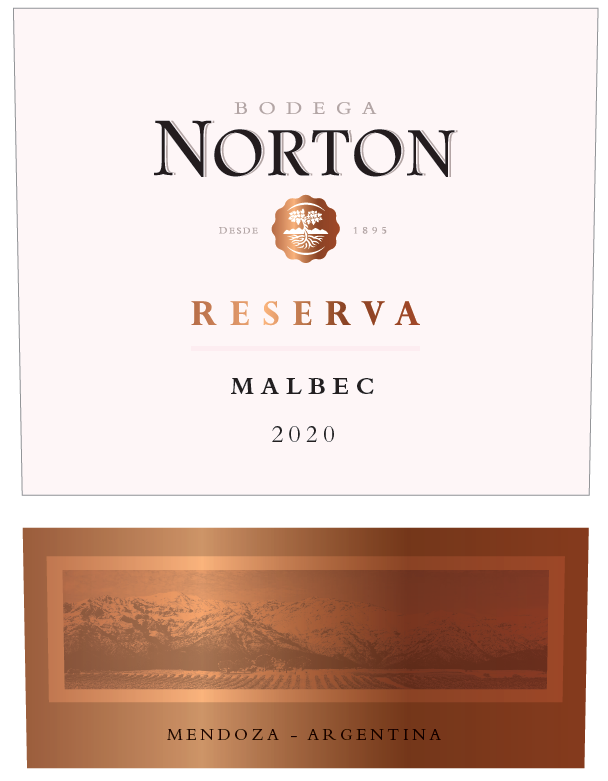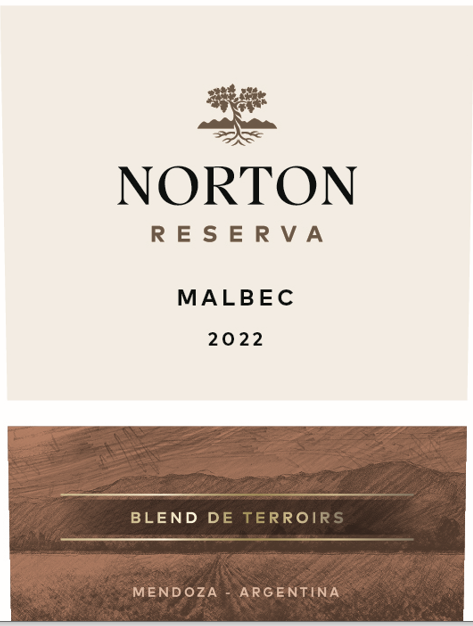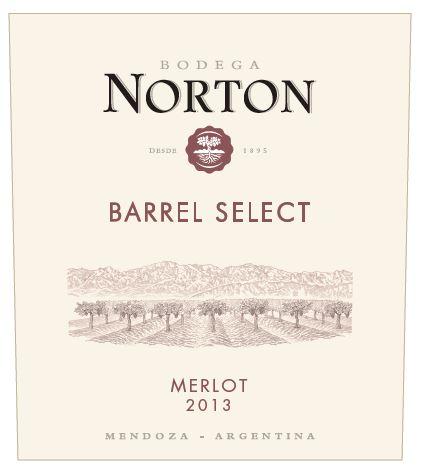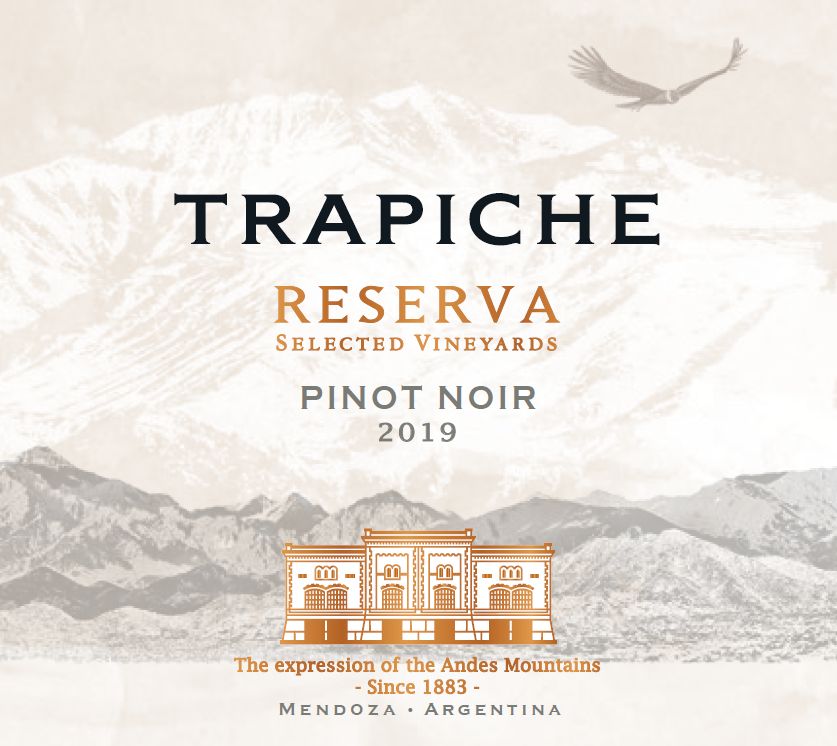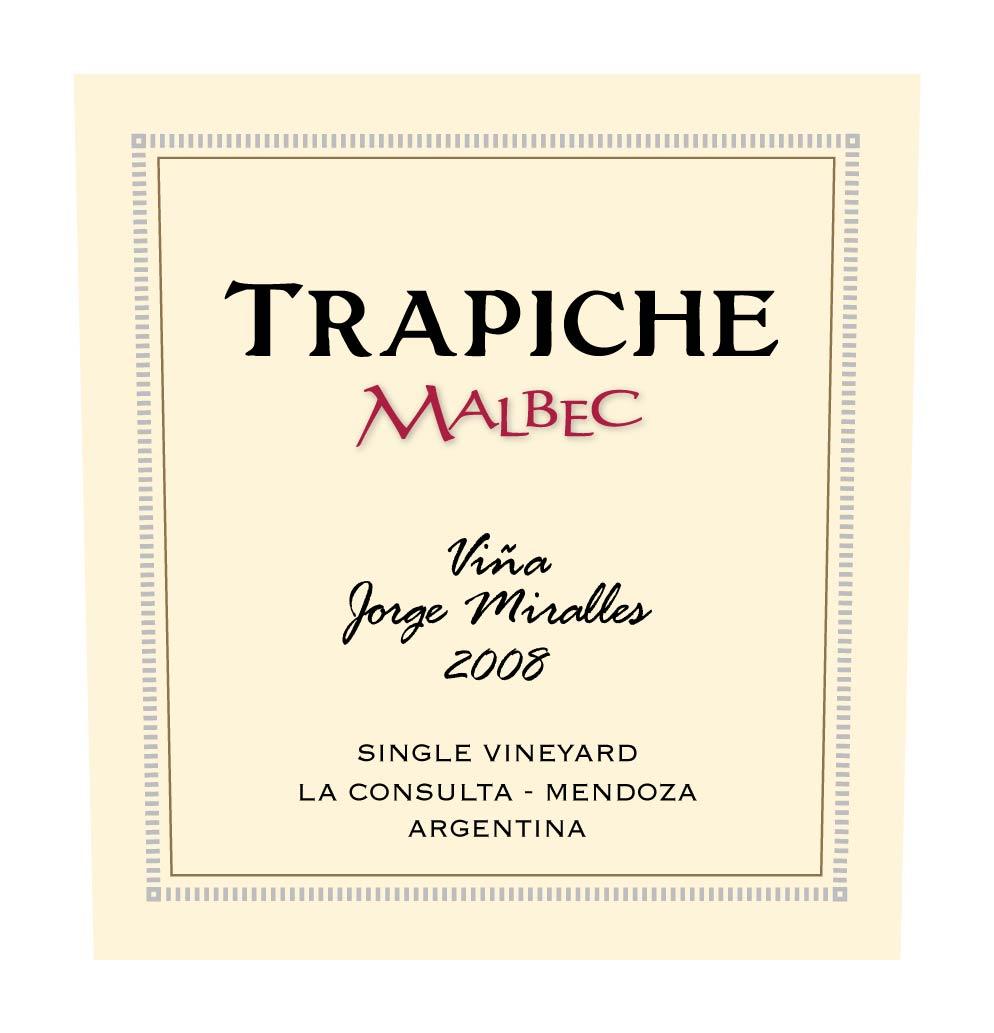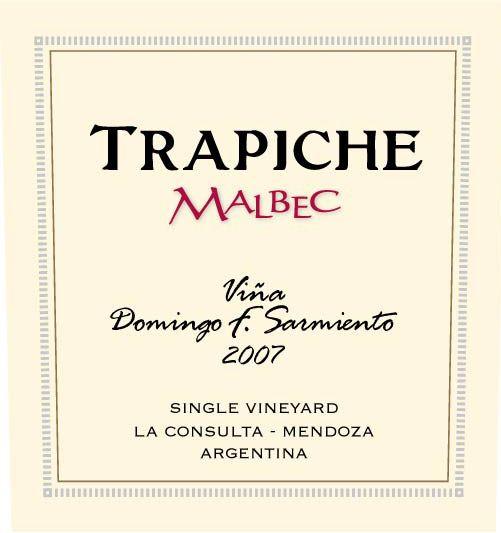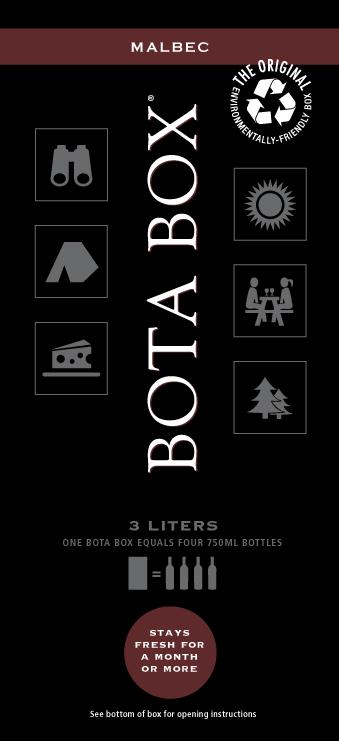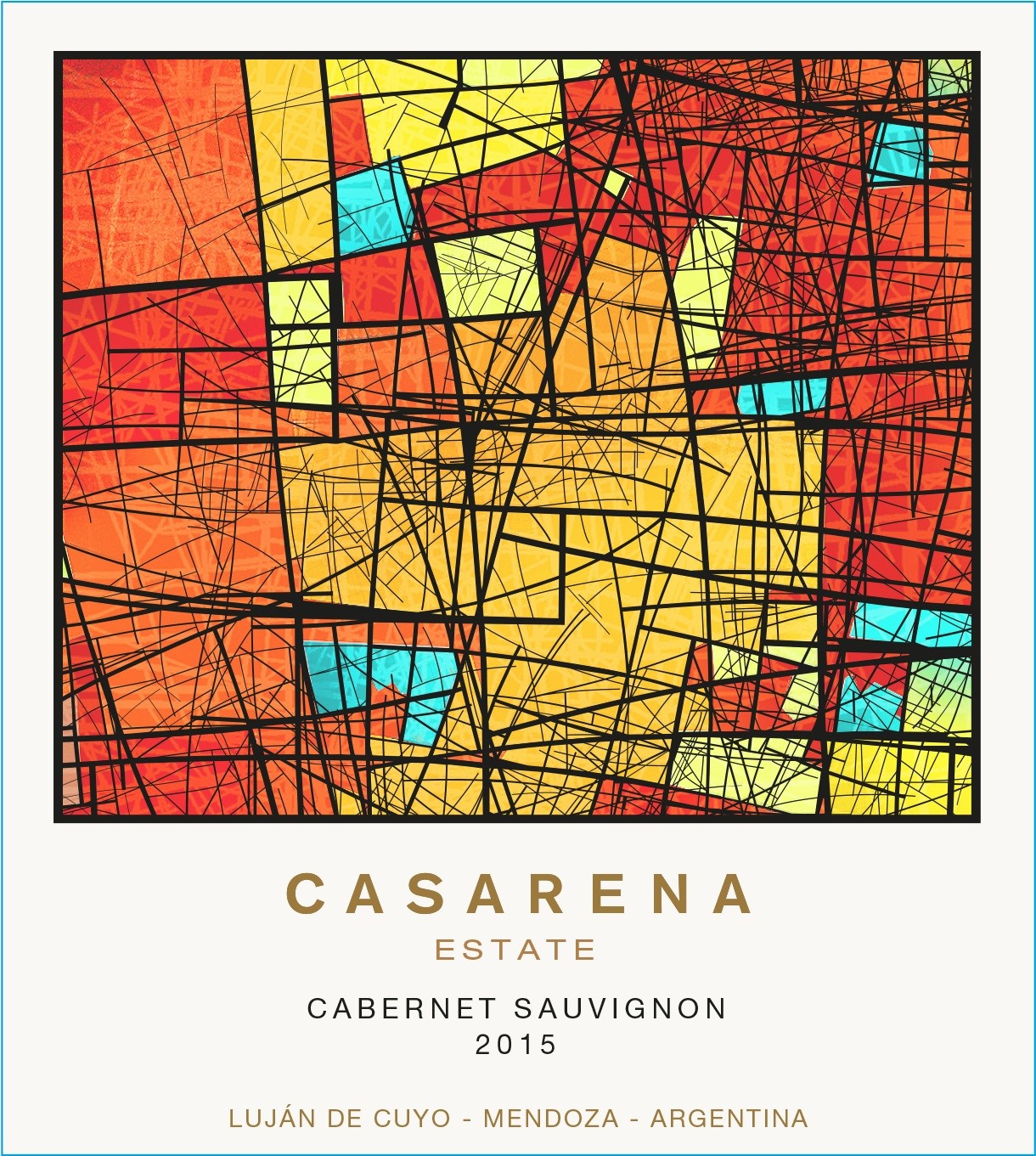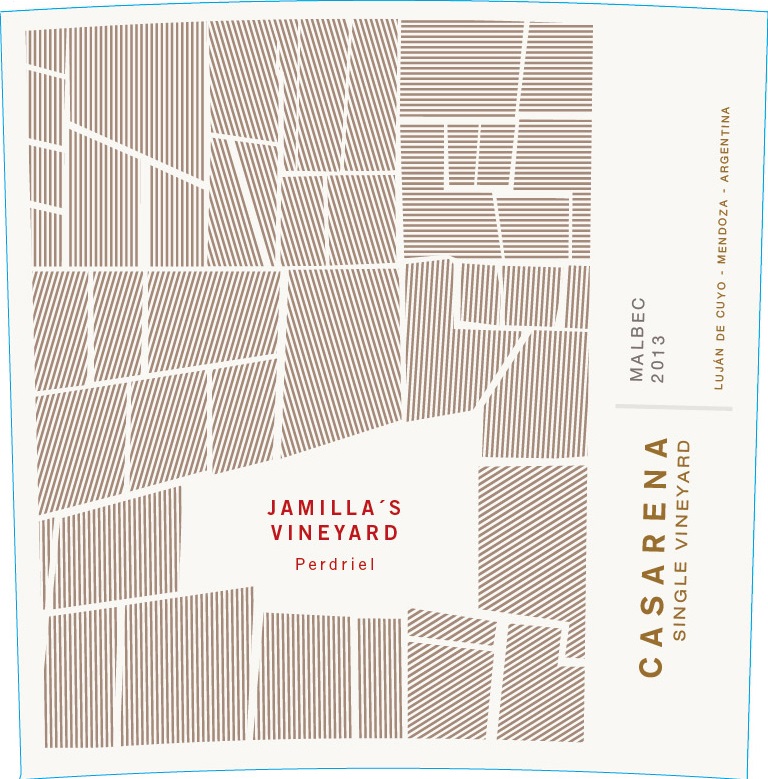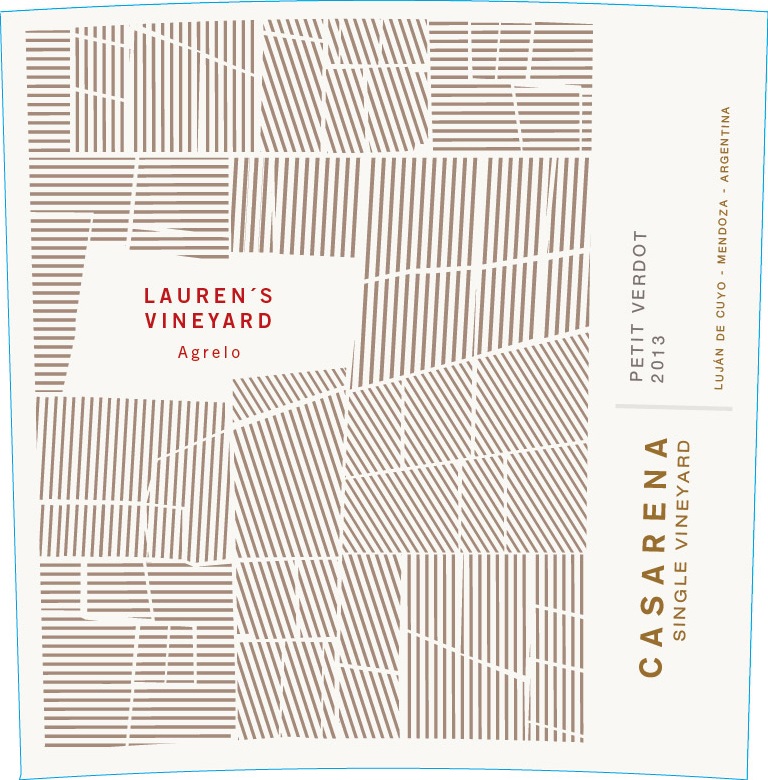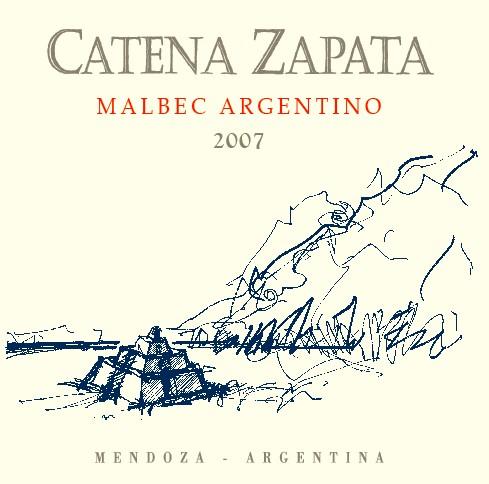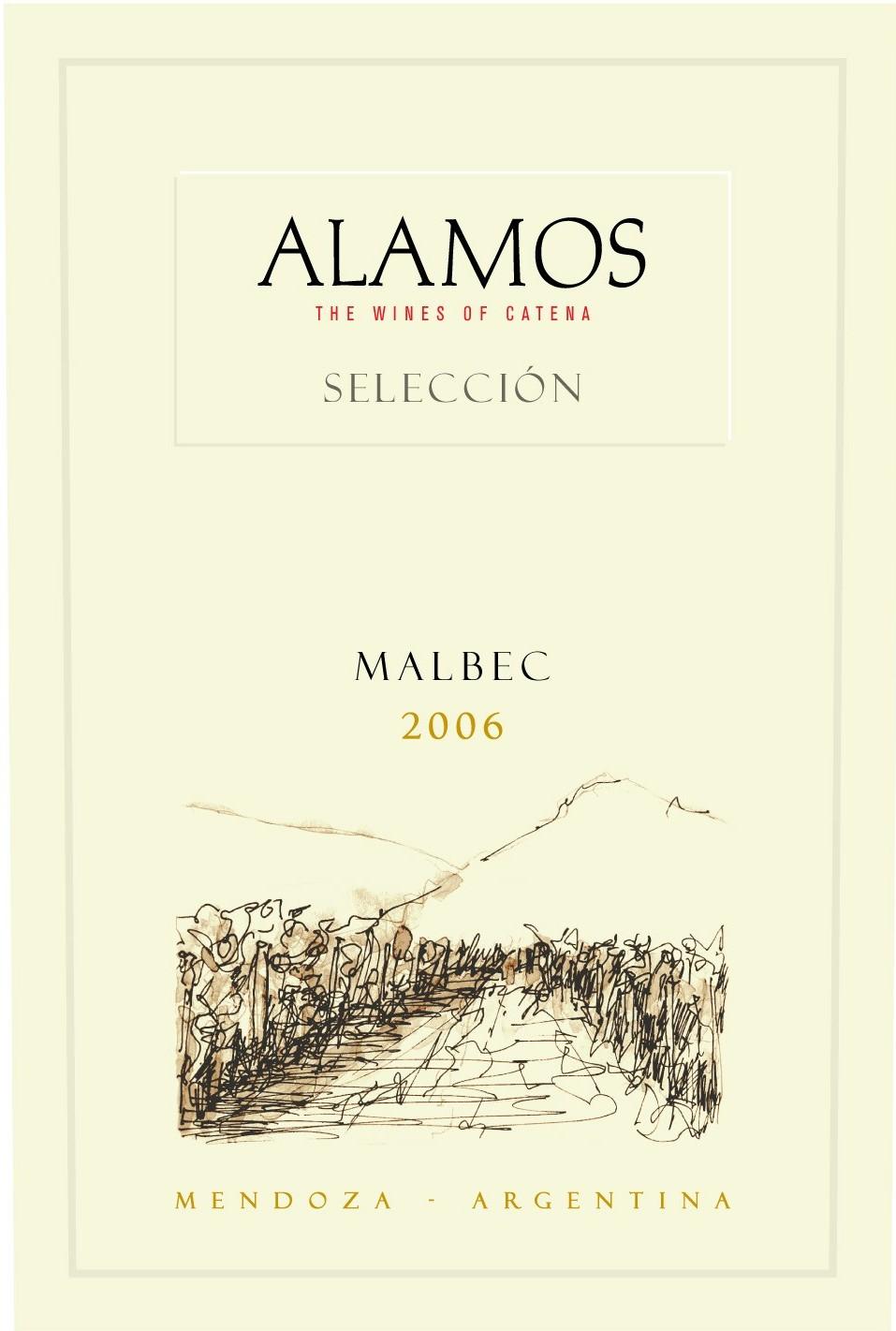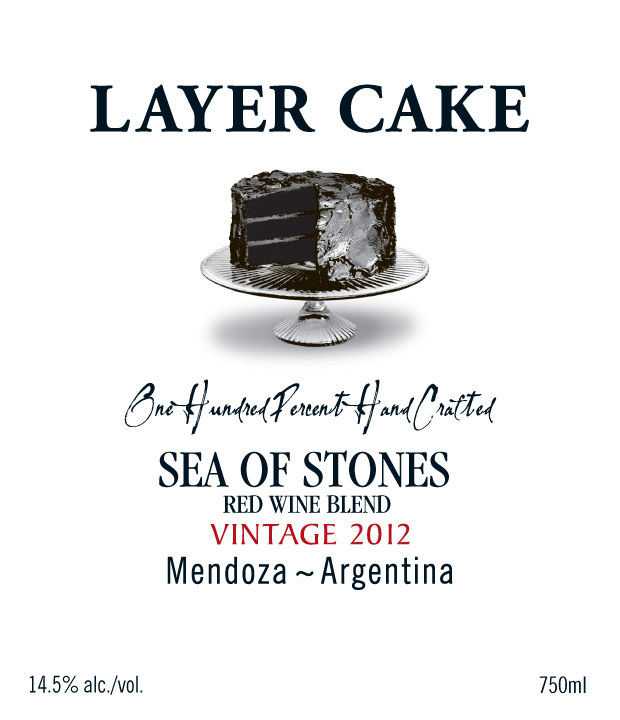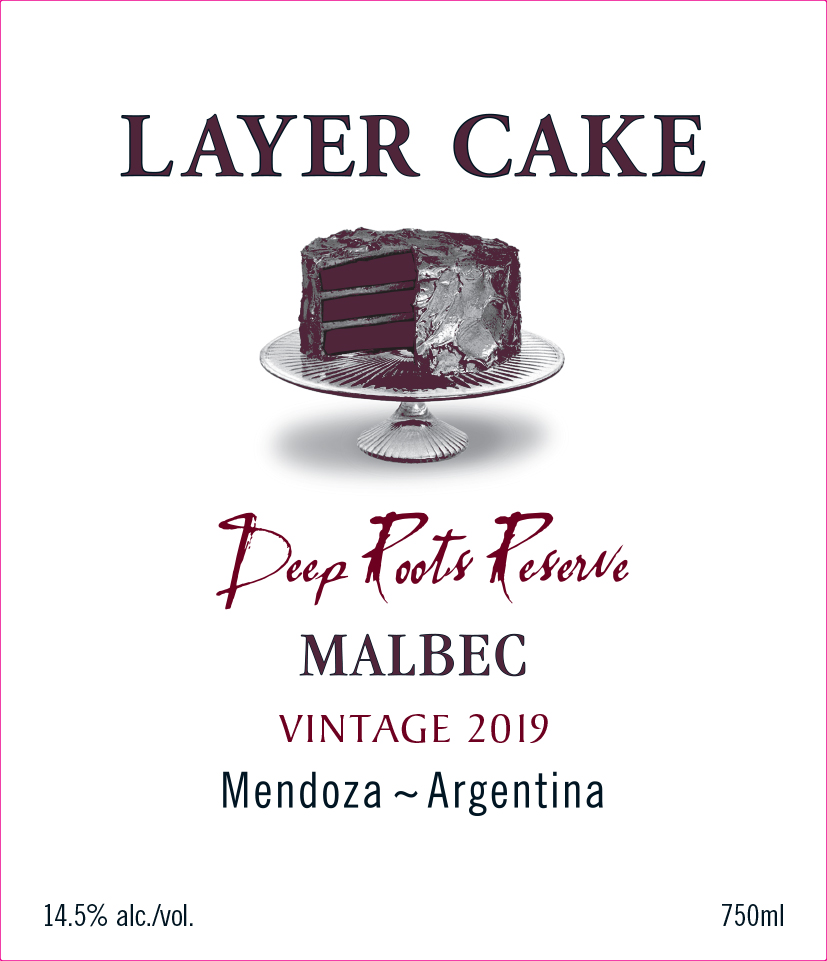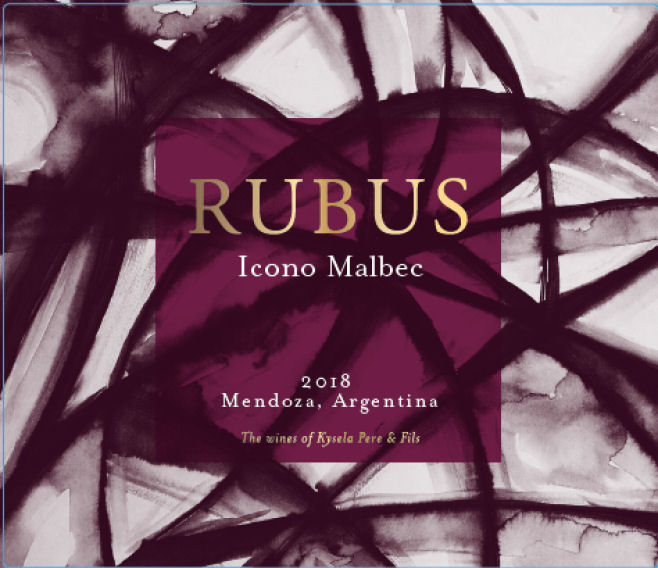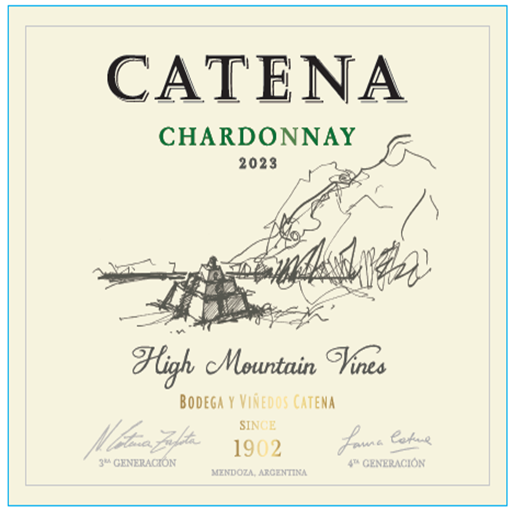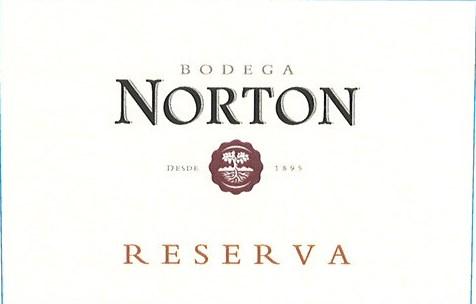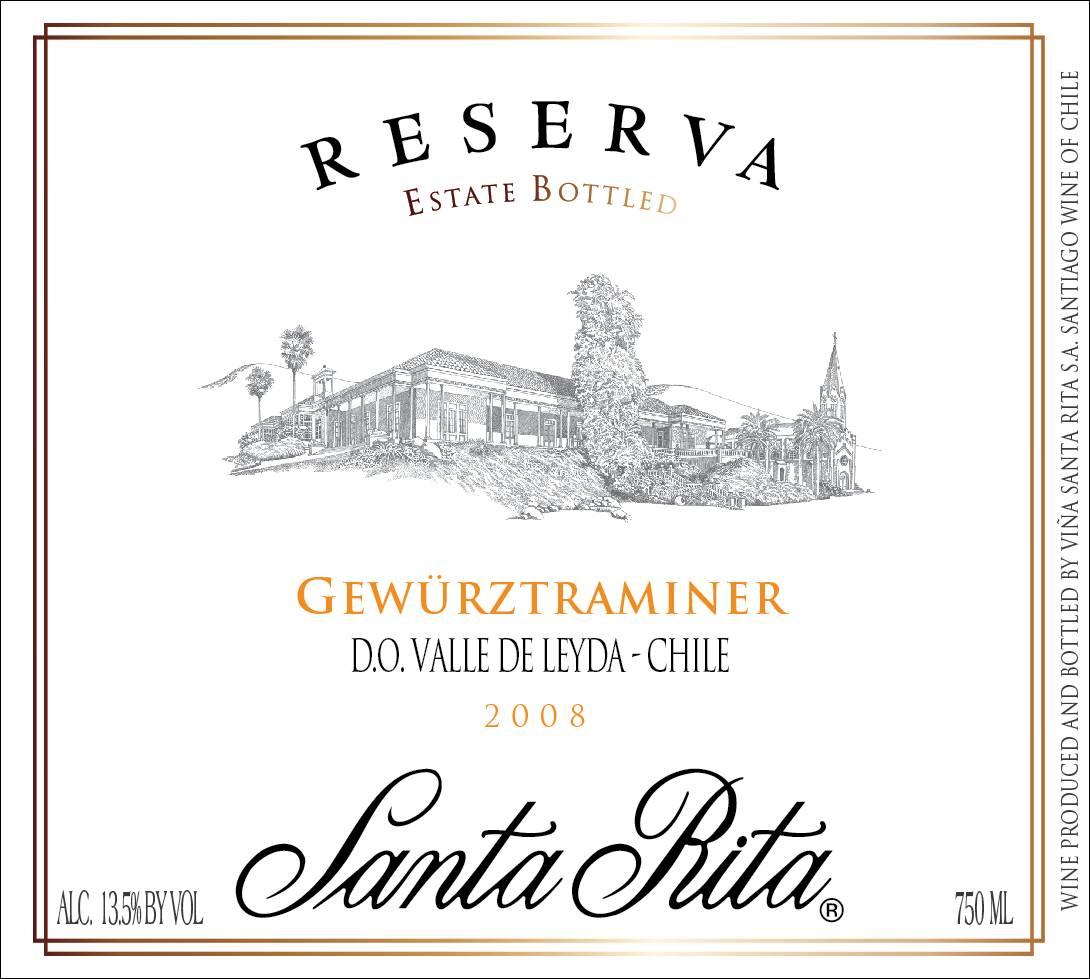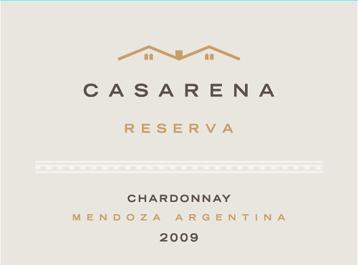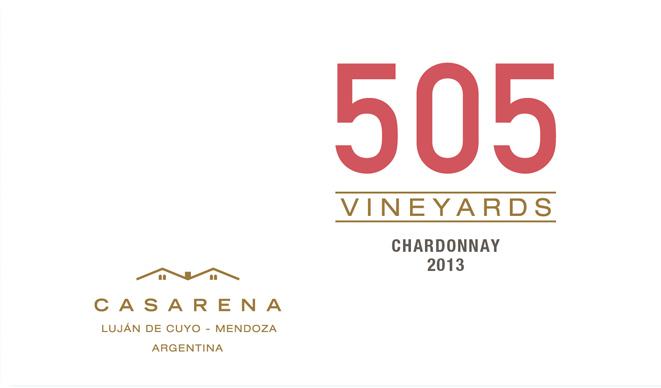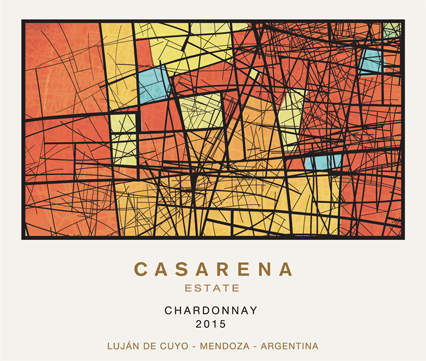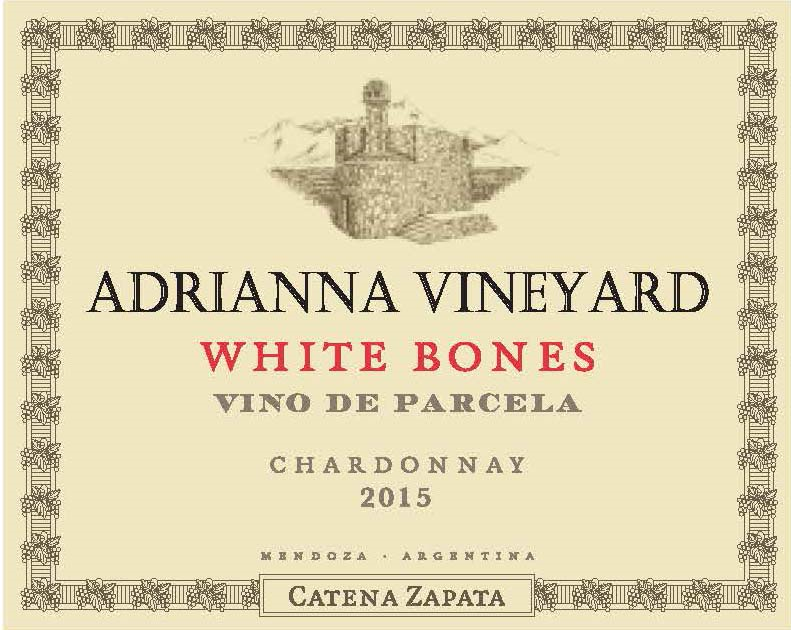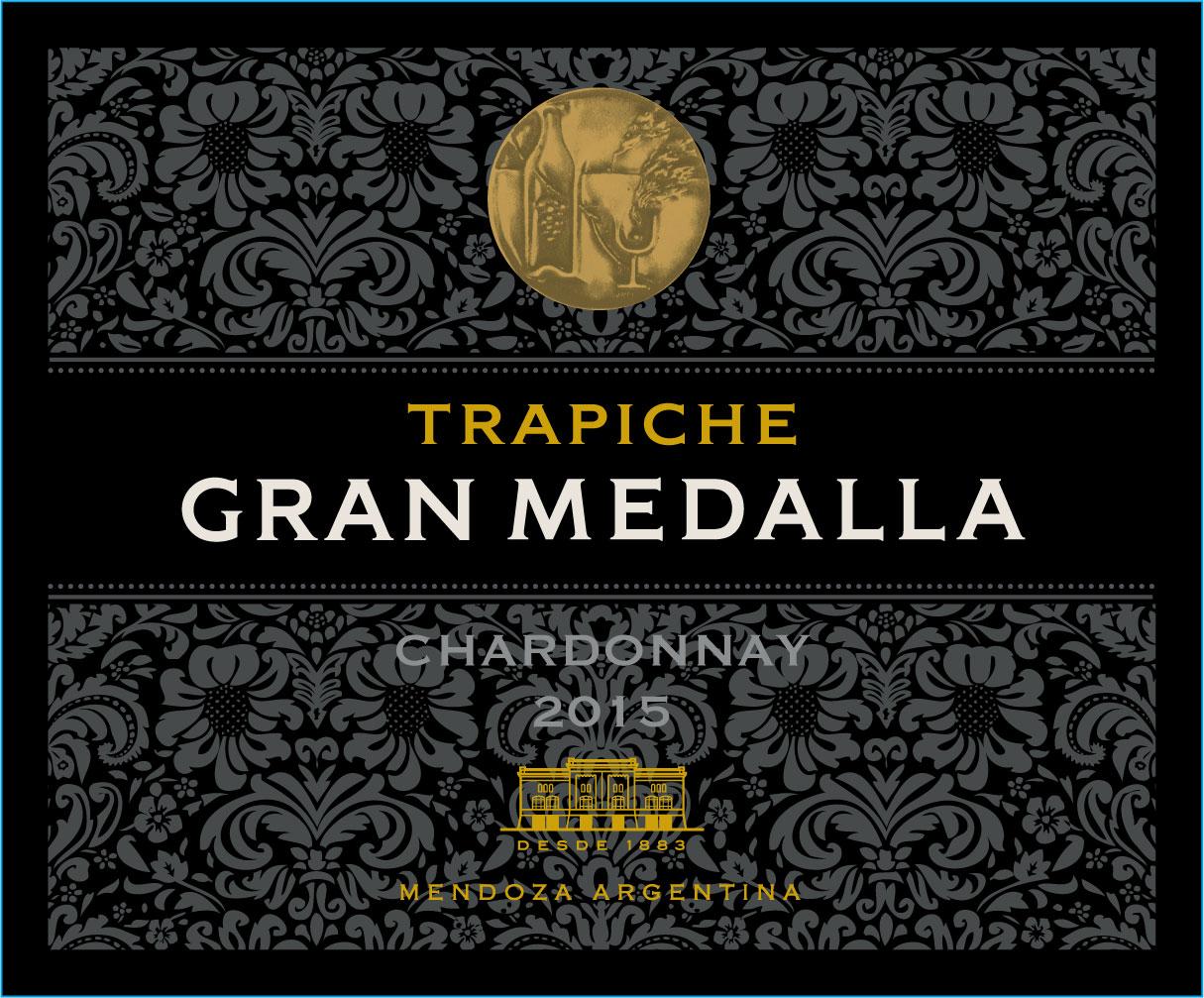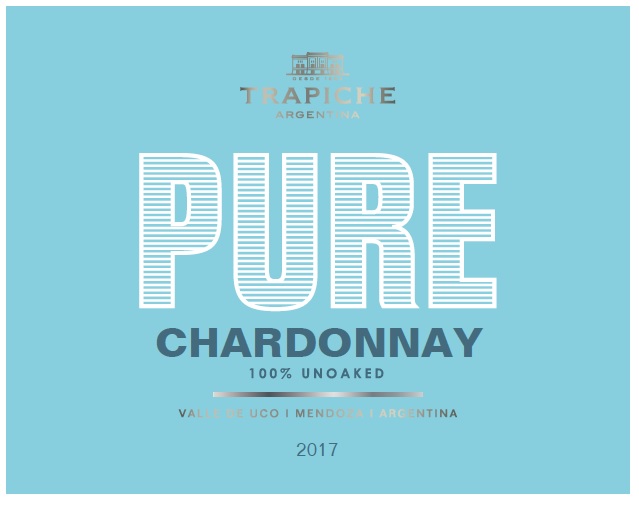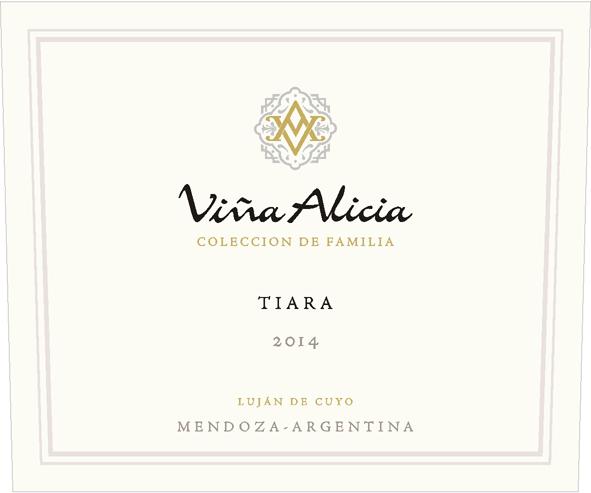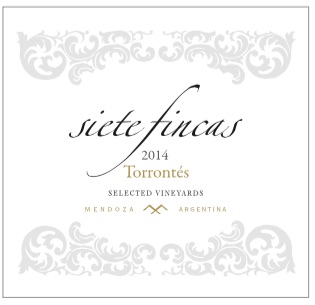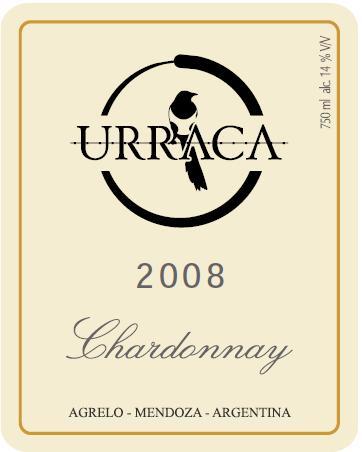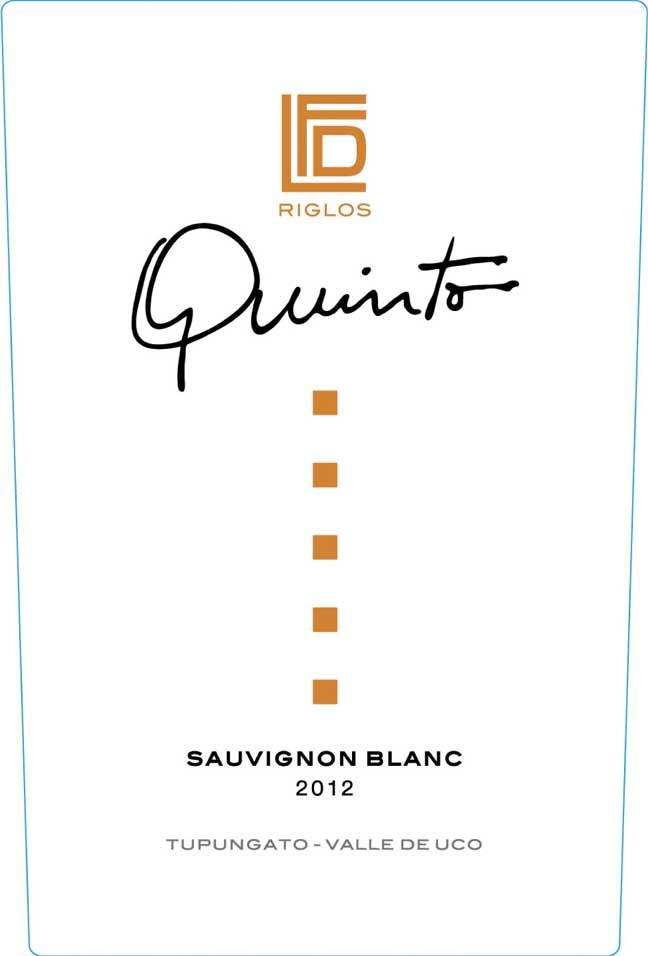Terroir of Mendoza
Mendoza's terroir is defined by its continental climate, high altitude, and desert landscape. The region receives 200 to 300 mm of rain annually, mostly from summer storms. Vineyards rely on Andean snowmelt through ancient canal systems. Mendoza enjoys over 3,000 hours of sunshine each year, with summer temperatures above 30 °C. At night, temperatures drop by 15–20 °C, which helps maintain grape acidity and slow ripening.
The soils, mainly alluvial deposits from the Andes, range from coarse sand to gravel, encouraging deep root growth for concentrated fruit. Subregions like Luján de Cuyo and Maipú have older river gravels, while the Uco Valley has younger calcareous alluvium at higher elevations. Although the dry climate reduces disease, challenges like hail, Zonda winds, and spring frosts remain, contributing to Mendoza's celebrated wine profile.
Notable Wineries in Mendoza
Mendoza, the heart of Argentina's wine industry, is renowned for its exceptional wineries that blend tradition and innovation. Here are several distinguished estates that define the region:
-
Bodega Catena Zapata: Established in 1902, it revolutionizes wine with high-altitude vineyards like the Adrianna Vineyard, crafting world-class Malbecs.
-
Bodegas Trapiche: Since 1883, this estate has been a leader in diversity, producing everything from traditional blends to single-vineyard wines across Mendoza.
-
Bodega Norton: Founded in 1895 in Maipú, offering a rich history and wines like Malbec and Chardonnay, complete with beautiful cellars and gardens.
-
Familia Zuccardi: Known for innovation, this family winery excels in premium Malbecs and blends from Maipú and the Uco Valley.
-
Bodega Salentein: In the Uco Valley, it combines contemporary architecture with high-altitude wines and cultural events.
Sustainable Winemaking in Mendoza
Mendoza, Argentina's prime wine region, is increasingly focusing on sustainability to address its dry climate and shared water resources. Vineyards are adopting drip irrigation and recycling treated winery wastewater for landscaping to conserve water. To improve soil health in its low-fertility areas, many employ cover crops and composting. Organic and biodynamic methods are on the rise to minimize synthetic inputs, aligning with a growing commitment to eco-friendly practices.
Solar power and energy efficiency are becoming integral to winery operations, reducing their environmental footprint. Additionally, lighter packaging is being used to lessen impact, while larger wineries often seek sustainability certifications to formalize these efforts. These initiatives reflect Mendoza's dedication to preserving its distinctive terroir and ensuring a sustainable future for its renowned wine production.
Wine Tourism in Mendoza
Mendoza is a premier wine tourism destination in Argentina, offering diverse experiences amidst its picturesque vineyards.
The region is famous for its well-organized wine routes, particularly in Maipú, Luján de Cuyo, and the Uco Valley, where visitors can explore multiple wineries by bike. Here, guests can indulge in tastings, guided tours, and unique food-and-wine events.
The stunning vistas of the Andes provide a backdrop for outdoor adventures such as horseback riding and hot-air balloon rides.
Mendoza also offers vineyard lodging options, ranging from luxurious lodges to rustic cabins, often featuring amenities like spas and private dining.
Cultural experiences abound throughout the year, highlighted by the Fiesta Nacional de la Vendimia in March, celebrating the grape harvest with vibrant parades and performances.
These elements combine to create an enriching journey through one of the world's most esteemed wine regions.
